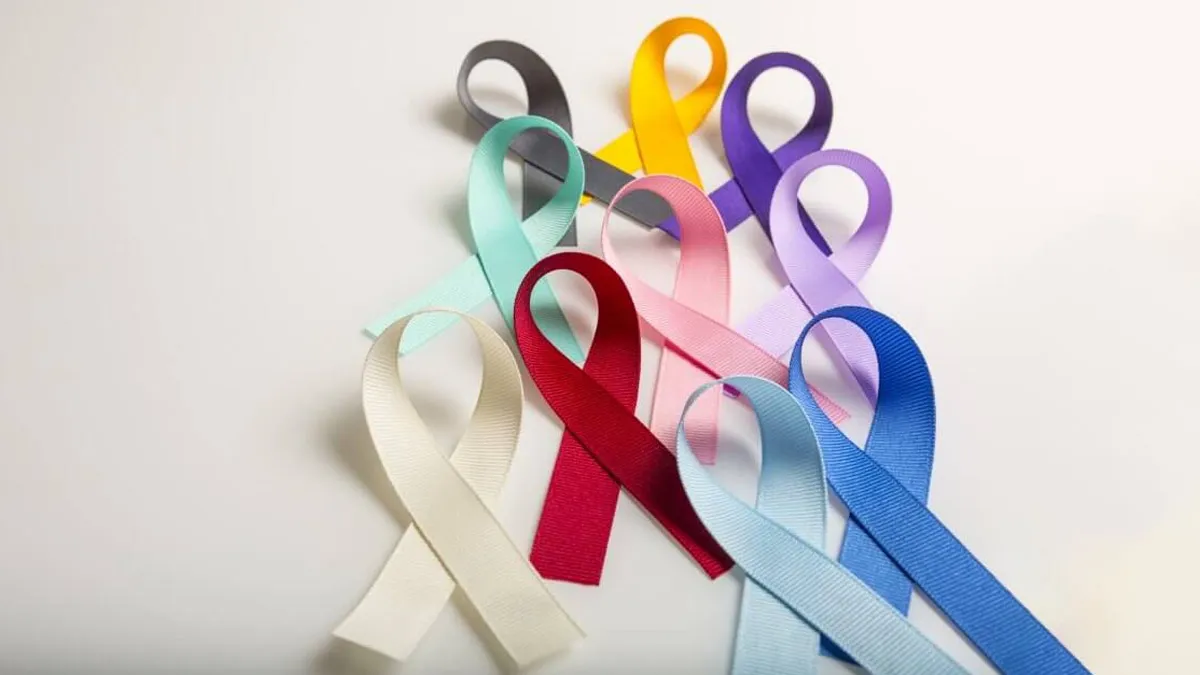
The prevalence of breast cancer in India has been steadily increasing, placing a heavy economic and health burden on the nation. According to a recent study published in Scientific Reports, the cost associated with managing breast cancer could reach a staggering $13.96 billion by 2030. The findings underline the urgency for healthcare reforms and resource allocation to mitigate the impact of this disease.
Table of Content:-
Rising Incidence of Breast Cancer in India
The study highlights that breast cancer cases in India have grown significantly since 2000. By 2021, approximately 1.25 million women—nearly 1% of the population—were living with the disease. Using the ARIMA (autoregressive integrated moving average) model, researchers forecast a continued annual increase of 0.05 million cases, equating to a growth rate of 5.6% per year.
Several factors contribute to this alarming rise, including genetic predisposition, obesity, unhealthy lifestyles, excessive consumption of ultra-processed foods, smoking, and alcohol use. What sets India apart from Western nations is the younger age at which women are diagnosed, making the challenge even more complex.

Economic Impact: Then and Now
In 2021, the total economic burden of breast cancer in India was estimated at $8 billion. This cost is projected to nearly double by 2030, highlighting the disease’s escalating financial strain. The economic burden encompasses direct costs such as medical treatments and hospitalizations, as well as indirect costs like lost productivity and caregiving expenses.
The study emphasizes that breast cancer is not just a medical issue but also a socioeconomic challenge, as it is closely linked to lower physical activity levels, limited health insurance coverage, and inadequate utilisation of healthcare facilities.
Challenges in Survival and Treatment
India faces unique challenges in combating breast cancer compared to Western countries. Despite the rising number of cases, survival rates remain low. The reasons for this disparity include:
- Late Diagnosis: Many women seek medical attention only when the disease has progressed to advanced stages.
- Delayed Treatment: Financial constraints and lack of awareness often result in delays in starting treatment.
- Fragmented Care: A significant proportion of patients either discontinue treatment or fail to follow up consistently.

A study conducted in a Mumbai public cancer hospital revealed that 14.2% of breast cancer patients discontinued treatment, and only 9% had health insurance coverage. This indicates a critical gap in access to affordable and comprehensive care.
Younger Women at Higher Risk
The research also pointed out an unsettling trend: a higher proportion of breast cancer cases in India occur among younger women compared to Western nations. Despite their age, these women face lower survival rates, primarily due to delayed diagnosis and treatment.
Also Read: Upstox Co-Founder Shrini Viswanath Took 100 Days Challenge To Shed 13 Kilos
Genetic factors, particularly the inheritance of BRCA1 and BRCA2 genes, are significant contributors. However, lifestyle-related factors like poor diet and lack of exercise exacerbate the issue.
Policy Recommendations for Combating the Burden
The study’s authors emphasize the need for targeted interventions to address the growing economic and health challenges posed by breast cancer. Policymakers are urged to:
- Increase Awareness: Focus on early detection through awareness campaigns, especially for younger women.
- Expand Insurance Coverage: Provide affordable health insurance schemes to cover treatment costs for a larger section of the population.
- Strengthen Healthcare Infrastructure: Invest in advanced medical facilities and streamline follow-up care to ensure consistent treatment.
The researchers believe their findings can guide the efficient distribution of healthcare resources and inform budgetary decisions. By addressing these systemic gaps, India can improve survival rates and reduce the economic impact of breast cancer.
Bottomline
The projected economic burden of breast cancer in India underscores the pressing need for a multi-pronged approach involving early detection, improved healthcare access, and policy reforms. With cases expected to rise significantly, addressing this public health crisis is crucial not just for saving lives but also for reducing the socioeconomic toll on the nation.
Also watch this video
How we keep this article up to date:
We work with experts and keep a close eye on the latest in health and wellness. Whenever there is a new research or helpful information, we update our articles with accurate and useful advice.
Current Version